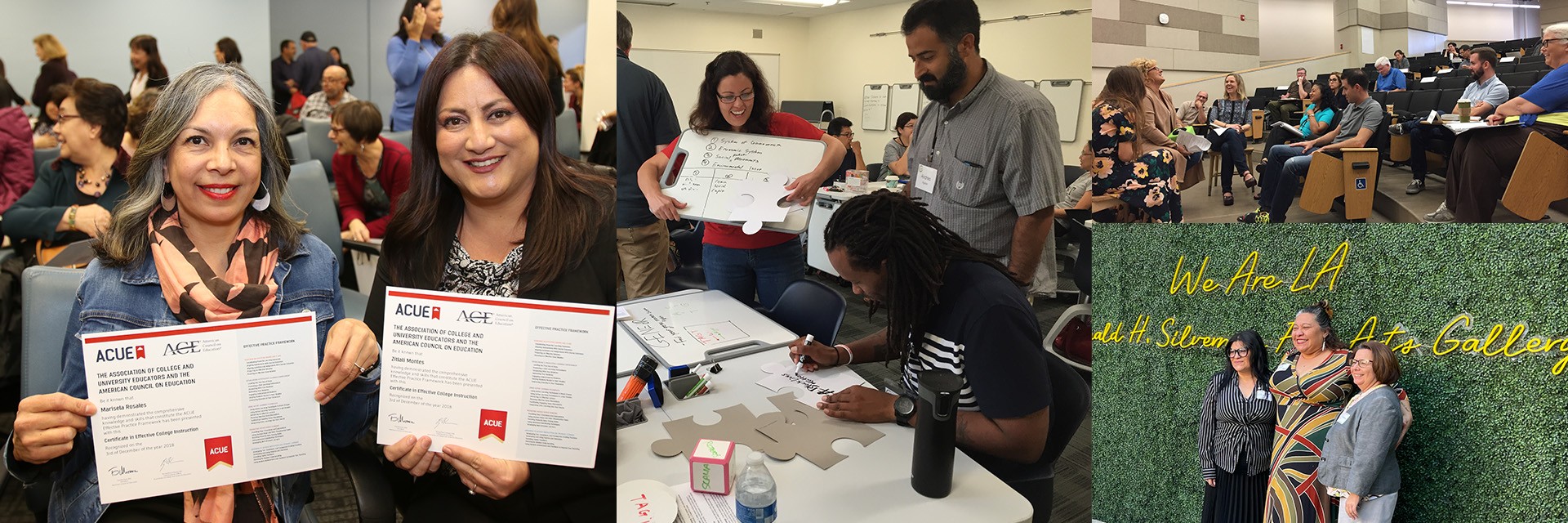Don't worry, you still have an opportunity to achieve your goal of passing and having a certified Quality Matters Approved course.
Virtually all faculty who have revised their course based on the Peer Reviewer’s recommendations and submitted amendments have successfully passed QM Review. You can too!
Next Steps
Once your QM Review concludes, you will receive an email from Quality Matters informing you whether your course has Met/Not Met the QM review standards. To successfully pass QM Review, a course must meet each of the 22 Essential Standards and achieve an overall score of 86 (85% of 101 possible points). If your course does not initially pass the review, you must decide how to move forward and submit the Course Outcome Response Form within 24-48 hours of receiving it via email from Quality Matters.
You will need to decide to move forward with one of the four options below:
- Make necessary changes to revise your course in the timeframe allotted and submit for further evaluation. (amendment process)
- Request that the QM Coordinator petition for an extension to the amendment deadline and make necessary changes.
- Request the Chair to reconsider the review with supporting evidence.
- Withdraw your course from further review. Note: Withdrawn courses or courses that do not meet the QM Specific standard criteria are not considered complete and are not entitled to payment.
Which choice will give you another opportunity to pass the QM Review?
Your hard work and time invested have helped you get this far, and now is the time to keep going until you reach the finish line. Making revisions by submitting amendments is a normal part of the process. If the course you submitted does not initially pass the review, know that the amendment process is how most faculty pass QM review. We highly recommend you opt to make amendments so you can achieve the same. This path is one of four options, allowing you to improve your course to meet QM Preparatory Review standards and successfully pass the review.
Choosing to Make Amendments
If you decide to move forward with the amendment process, you may be given several weeks to review the recommendations and make adjustments to the course. It is important to note that you will only need to revise the standards that were not met.
Leverage the QM Rubric Workbook during your revision, which outlines the specific review standards and contains detailed rubric annotations. You must closely review the rubric ANNOTATIONS (not just the standard) to make revisions successfully. The rubric annotations have clear examples of changes you can make to meet the standard. The reviewer will turn back to the rubric annotations time and time again to ensure that your course materials are following the rubric guidelines. They will look for similar examples in your course and verify if they contain all the required criteria in the annotations have been MET/NOT MET.
Submitting the Amendment Form
Once you make revisions to your course, you must submit an Amendment Form specifying your revisions by the deadline given by QM. The peer reviewer will check any amendments and assess whether the course passes the Preparatory Review. Once this process is complete, you will be notified and sent additional information by QM.
Why is staying on top of your QM-designated due date so important?
Keep track of your QM-designated due date, as it is the last chance to submit the improvements you made to your course. Amendments that are not submitted by the designated timeframe will not be accepted by Quality Matters.
FAQ
The QM Preparatory process can take up to 21 weeks to complete, depending upon whether the officially reviewed course needs revisions.
No, CETL does not review courses. Your review will be done by Quality Matters (QM).
You can view the final report online through QM. You must log into MyQM and review the full report.
There is no certificate offered for QM Review. Instead, you will receive a proof of completion email once the review has concluded.
Yes, it is possible to score over 86 points and still not pass the review. To pass the review, you must meet all 3-point Essential Standards AND receive at least 86 total points. If your score is over 86, but you have not passed, check to verify which 3-point essential standard(s) were not met. You will need to submit amendments for any standard that has not been met.
To start the amendment process, log into QM’s My Custom Reviews (MyCR) and complete the Review Outcome Response Form as soon as possible. This is where you specify if you wish to make amendments to try again to pass the review.
You will need to log in to MyQM and review the full report to check which standards were not met. The report will provide recommendations from the Peer Review, which can help you meet any unmet standards. It is highly recommended that you review the full QM rubric to see the rubric annotations. The rubric annotations will specify what the reviewer was looking for in order to assess whether your course met that standard. That will also help you make appropriate changes to meet the standards. You will have up to two rounds of amendments before the amendment due date to submit changes to your course.
Please see the full QM rubric for guidance. You can view the full QM rubric annotations by using the QM self-review tool. The annotations will tell you exactly how to meet the standard.
Once you review the feedback and determine what needs to be revised, you can make changes in your Canvas course shell. Make necessary changes to revise your course in the timeframe allotted and submit for further evaluation.
It is important to prioritize all 3-point essential standards that have not been met. In order to pass the QM Preparatory Review, you must meet all 3-point Essential Standards AND receive at least 86 total points.
Throughout the review process, the Peer Reviewer will use the Higher Education Rubric WorkBook Standards for Course Design Seventh Edition to evaluate your course. They will turn back to the rubric annotations time and time again to ensure that your course materials are following the rubric guidelines as outlined by Quality Matters (QM). They will look for similar examples in your course and verify if they contain all the required criteria in the annotations. If they determine that your course does not satisfy the required criteria, they will mark the standard as not met. To successfully pass the review, we recommend that you review the Peer Reviewer's feedback and make revisions that leverage the rubric annotation guidelines.
For all information on stipends, follow up with the college resource manager.

